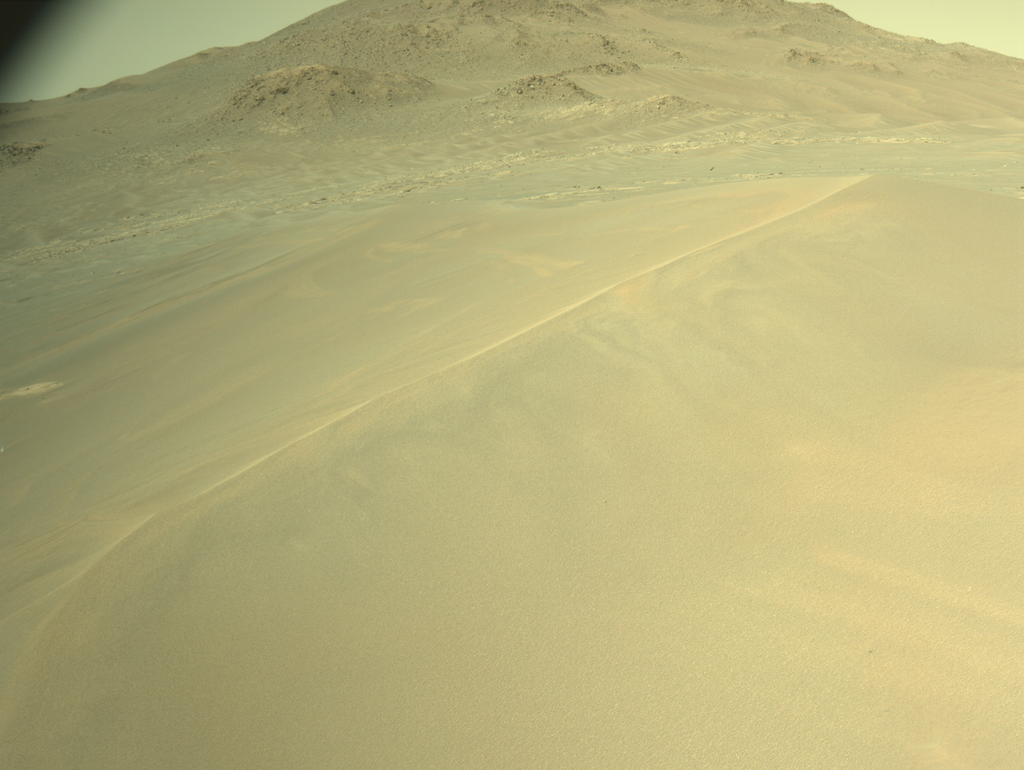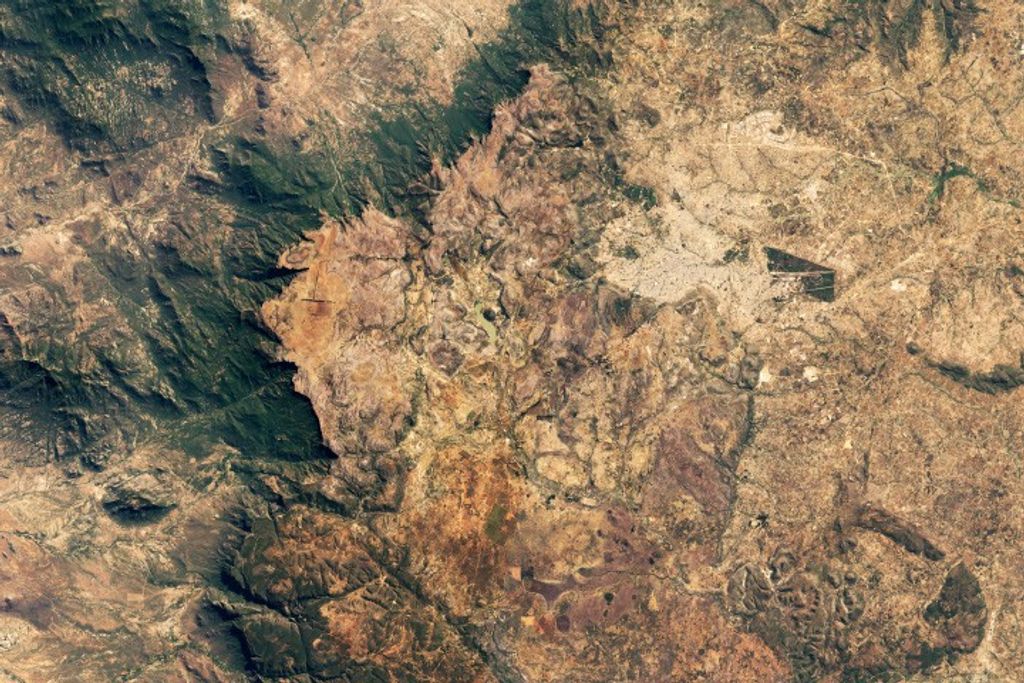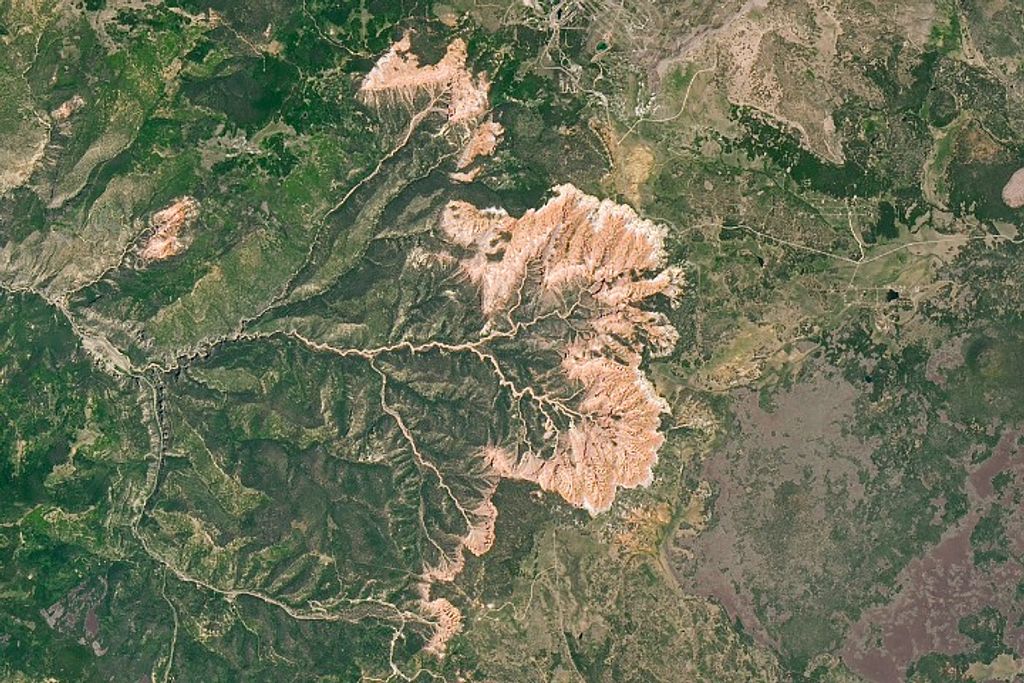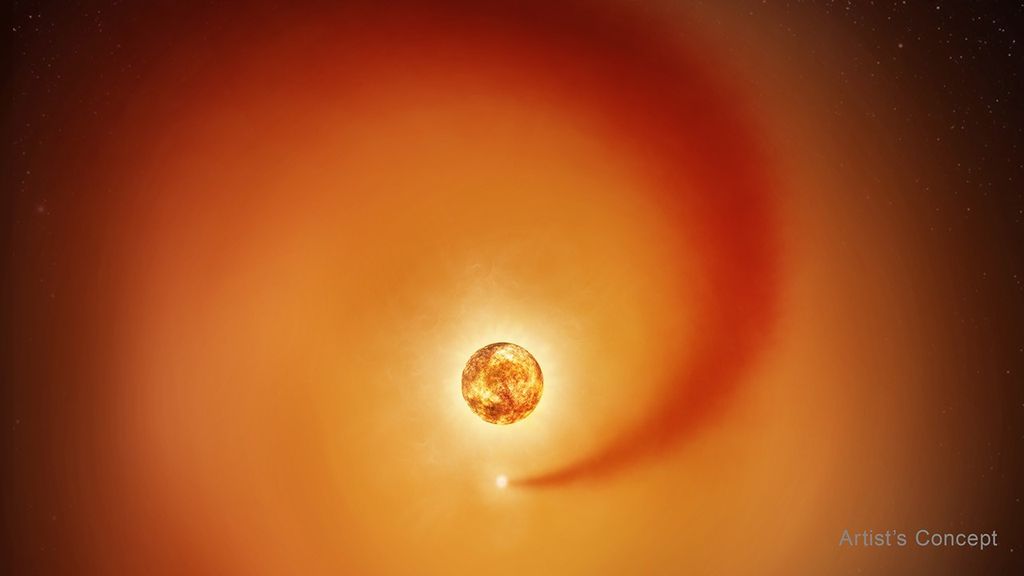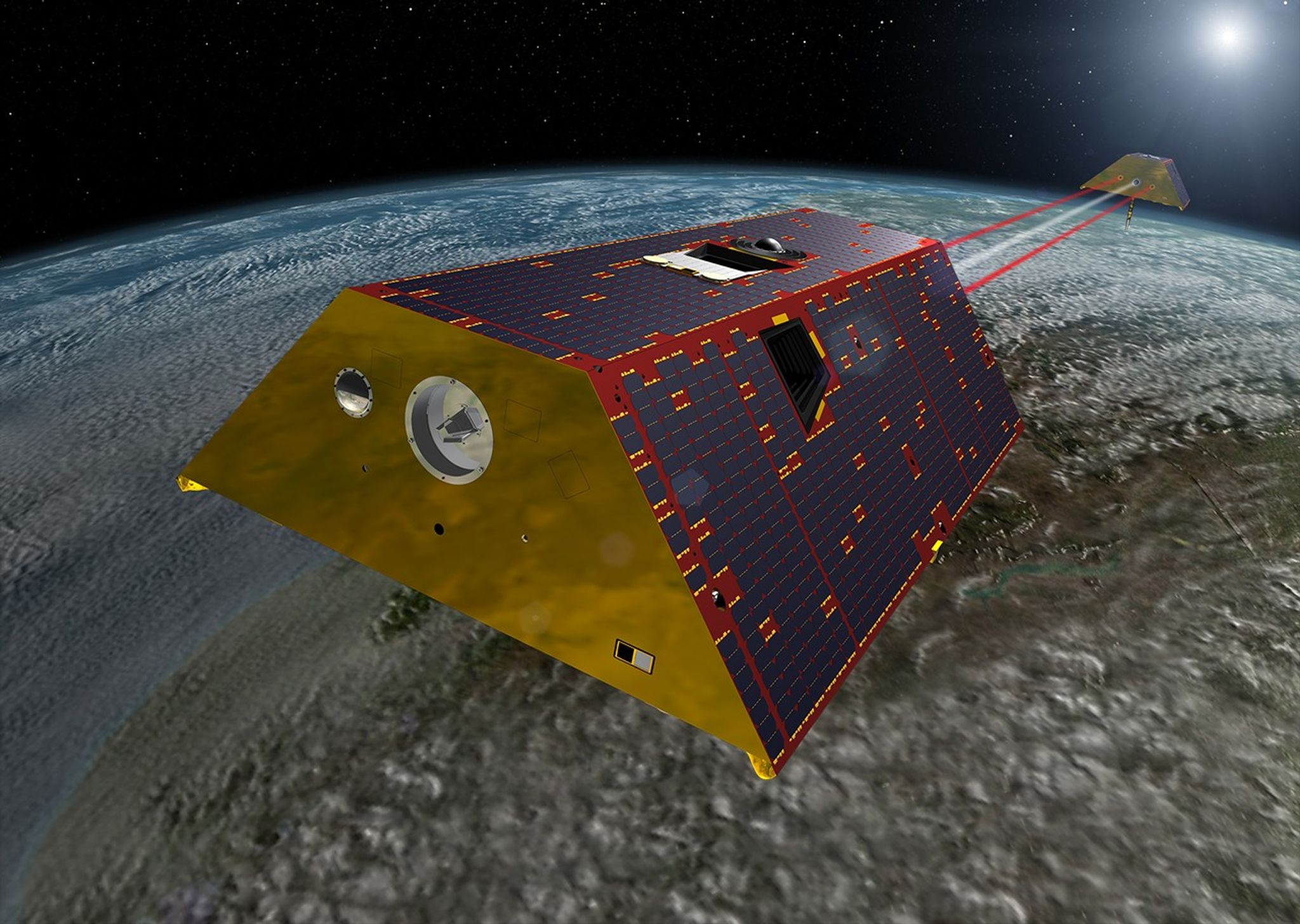Ice Sheets - Earth Indicator
Key Takeaway:
Ice sheets, which store large amounts of fresh water on land, are melting as Earth’s air and ocean temperatures warm. Antarctica is losing ice mass at an average rate of about 135 billion tons per year, and Greenland is losing about 266 billion tons per year. As ice melts, the resulting water drains into the ocean and contributes to sea level rise.
Antarctica Mass Variation since 2002
135 billion metric tons per year since 2002
The ice sheets atop Greenland and Antarctica store about two-thirds of all the fresh water on Earth. Data collected since 2002 by the NASA-German GRACE and GRACE Follow-On satellites show that the ice sheets in both Antarctica (upper chart) and Greenland (lower chart) have been losing mass. Antarctica is losing ice mass at an average rate of about 135 billion tons per year, and Greenland is losing about 266 billion tons per year.
The GRACE mission collected data from 2002-2017. After a brief break between missions, measurements resumed with the GRACE Follow-On mission starting in June 2018. This record is continually updated as observations are available.
The animated map shows where ice melting occurred in Antarctica and Greenland from 2002-2023. Red and orange colors show where ice mass is melting and thinning, and blue colors show where it is growing. Overall, there has been a net loss in ice mass for both ice sheets as shown by the graph.
The ice sheets are melting due to the warming of Earth’s atmosphere and ocean. Meltwater coming from these ice sheets drains into the ocean, contributing to sea level rise.
Note: You now need to create an Earthdata account to access NASA's ice sheet data. Register here for free. Once logged in, click "HTTP" under the charts on this page to access the data.



